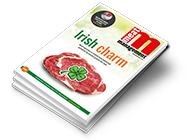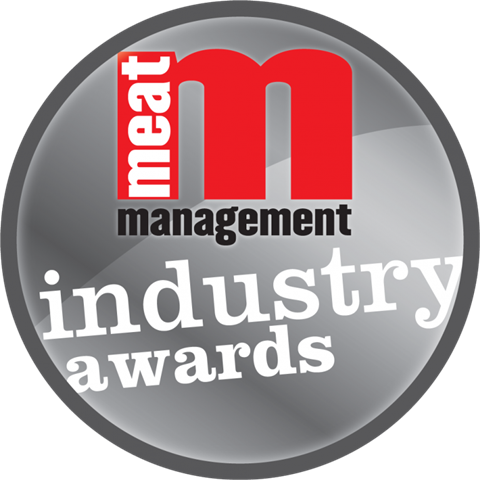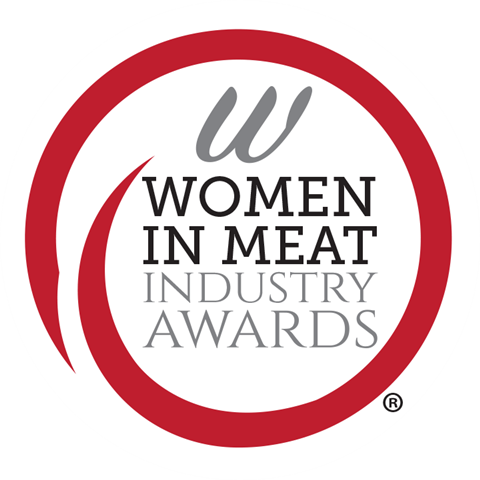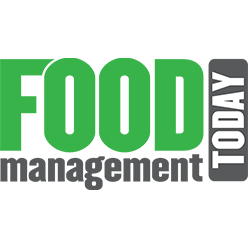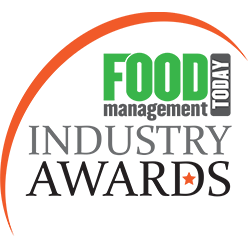Every market indicator published year to date shows that the price of food is rising faster than overall inflation. AIMS’s Tony Goodger examines the current factors affecting the price of meat and poultry.
According to the British Retail Consortium (BRC) food inflation increased to 2.1% year on year in February and is above the three-month average of 1.8%, while between January and February 2025, food prices rose by 0.4%.
Looking at AHDB’s supermarket price tracker and taking a typical basket of red meat purchases (mince, roasting joints, and steaks) over the same year-on-year period as BRC shows that meat price inflation is running at 12.15%.
Food inflation is driven by three main factors: Government policy, supply chain issues, and the weather. However, there is also always the possibility of a ‘wild card’ event, which can force further upward pressure.
None of the above can be influenced by meat wholesalers or catering butchers in terms of the supply of all meat and poultry.
Factors affecting food inflation
Government policy
The changes to National Insurance (NI) for employers take effect from 6th April 2025. These changes include:
- Increased rate. The NI rate for employers increases from 13.8% to 15%.
- Reduced threshold. The threshold at which employers pay NI on employee earnings decreases from £9,100 to £5,000.
- Increased employment allowance. The employment allowance increases from £5,000 to £10,500.
These changes only apply to employers and not to employees. These polices will increase the input costs for every business at every stage along the supply chain from farm to fork, resulting in a cumulative impact at the till.
Supply chain issues
The Agriculture and Horticulture Development Board (AHDB) outlook report, February 2025, states: “Latest analysis, UK beef production is expected to decrease by 5% in 2025, while domestic beef consumption is forecast to grow by 1%.”
Despite a strong year for UK beef in 2024, with production increasing by nearly 4% to 934,000 tonnes, 2025 is expected to see a shift in supply dynamics.
Prime cattle availability is forecast to decline, with a 6% drop in prime cattle slaughter to 1.99 million head. Reductions in cattle supply are also expected to continue into 2026, following trends in calf registrations in previous years.
The accredited official statistics, Agricultural Price Index (API) for the United Kingdom: November 2024, published 31st January 2025 on gov.uk, note the following:
- The price index for agricultural outputs increased by 3.9% in the 12 months to November 2024.
- There were six upward contributions to the 12-month inflation rate for agricultural outputs recorded for November 2024. The largest upward contribution was milk (+4.8%), followed by cattle and calves (+2.3%), and sheep and lambs (+0.8%).
- The 12-month inflation rate for agricultural outputs has ranged from -4.9% to +7.3% during this period.
- In November 2024, livestock and animal products made the largest contribution, increasing by 6.5%.
Other supply chain input costs range from the increased costs for labour due to shortages brought about by Brexit, to packaging costs resulting from various Government schemes, as well as high demand for wood chip ahead of even greater restrictions on deforestation, fuel costs as a result of the geopolitical issues in the Middle East and the war in Ukraine, and upward demand from UK retail and export markets at a time when supply is falling.
The weather
Domestically, last year’s prolonged period of rain meant that farmers had to take stock out of grazing and move them onto silage earlier. In addition, the harvest yields were down, which, in turn, reduced the supply of both grain for feed for pigs and poultry, and straw for bedding.
Globally, drought, wild fires, and extreme flooding have all impacted livestock supply, which, together with the continuing rises in demand from growing middle-class affluence in China and India and a shift from oil to tourism in the Middle East, has driven up global prices and made some supply chains that traditionally exported to the UK, most notably Ireland, now supply into other high-value, high-growth countries.
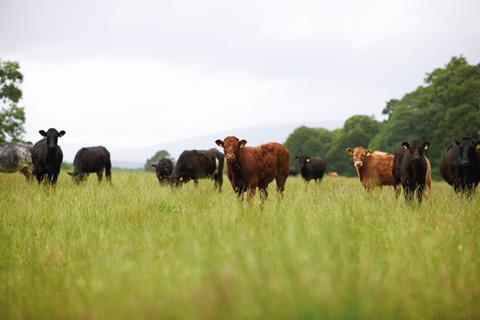
The wild cards
Finally, the ‘wild card’ issues. These range from the new US President and his trade and tariff polices, current and possibly future conflict, and, regrettably, animal disease.
It is too early to comment on the former, but the latter has seen avian influenza result in the widespread culling of birds, which has forced up the price of eggs for both eating and breeding.
The emergence of foot and mouth disease (FMD) in Germany and on the Hungary/Slovakia border has curtailed exports/EU movement of livestock and dairy products from those countries, thus reducing the supply of manufacturing pork into the UK. This could increase the price of pork and pork products in the coming weeks and months.
Other diseases, as reported by the World Organisation for Animal Health (WOAH) that are resulting in livestock culls and movement restrictions in Europe include swine fever, peste des petits ruminants, sheep pox, and lumpy skin disease.
The rises in the price of meat and poultry, specifically beef, is outside of the control of your current supplier and no doubt their suppliers, too.
Some market players may take a short-term view of offering very low prices to try to maintain footfall or, in the foodservice sector, ‘buy business’, but this type of opportunism has, time and time again, resulted in either lower quality, delivery fulfilment issues or, in the worst cases, parties walking away from a contract before its conclusion.
I hope that I am wrong, and that prices and markets will quickly settle.
I also hope that the transatlantic bluster of the first 100 days in office will calm.
And, of course, I hope that meat and poultry inflation is brought under control to ensure that consumers continue to buy and enjoy our excellent products across every meal occasion.

